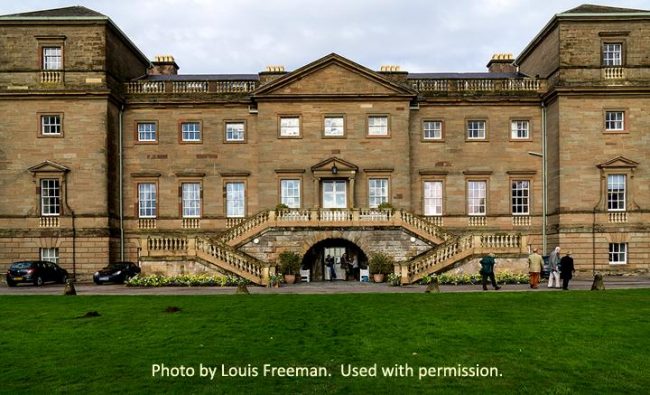
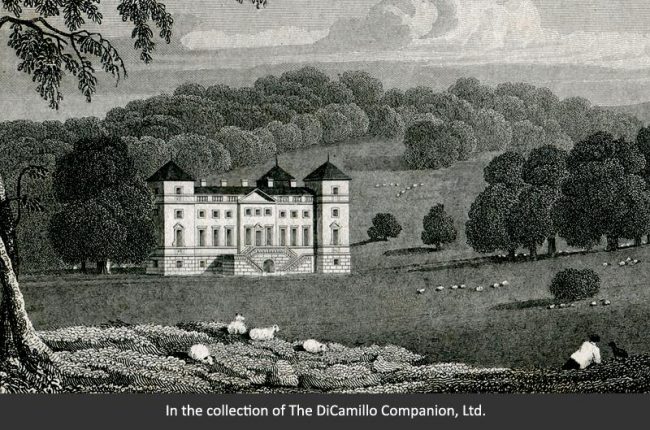
The House from "Neale's Views of Seats," published in London in 1831 by Jones & Co.
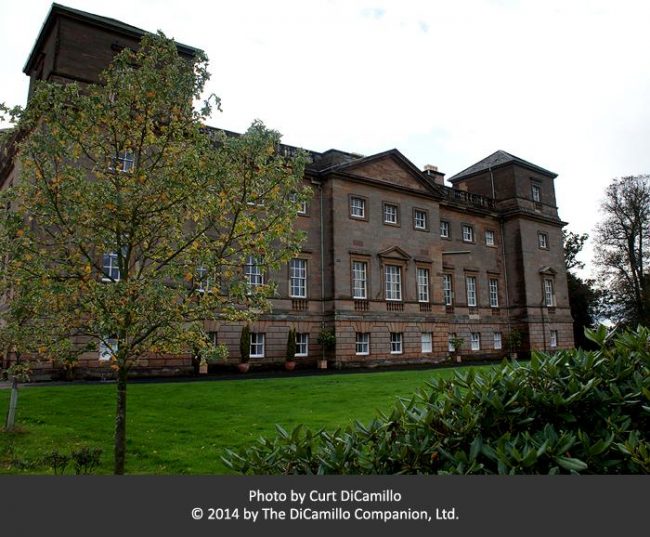
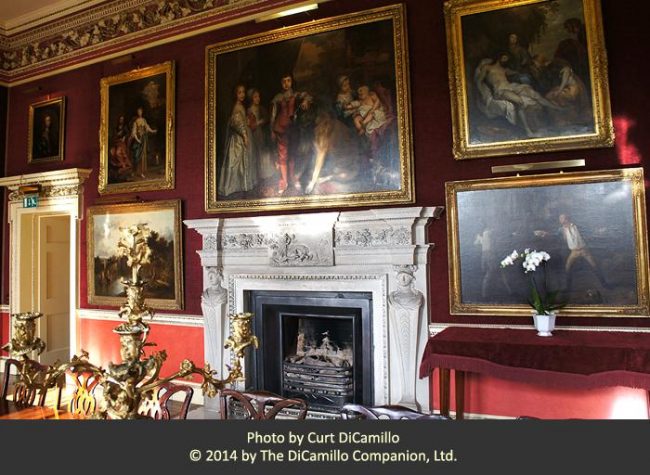
The Dining Room
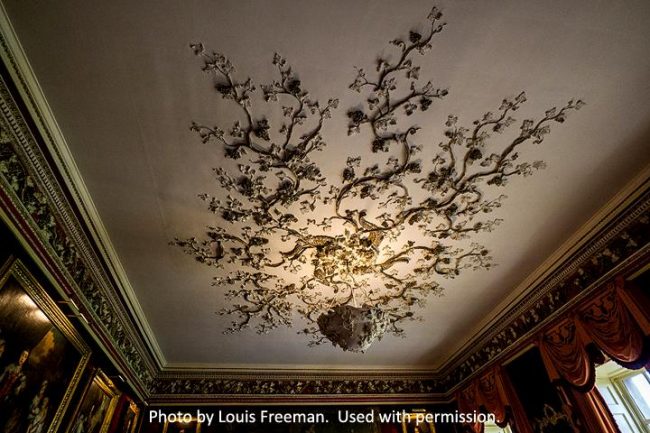
The Dining Room Ceiling
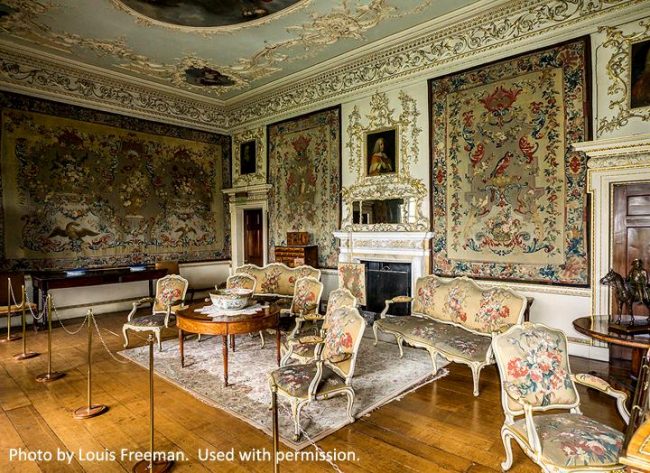
The Tapestry Room
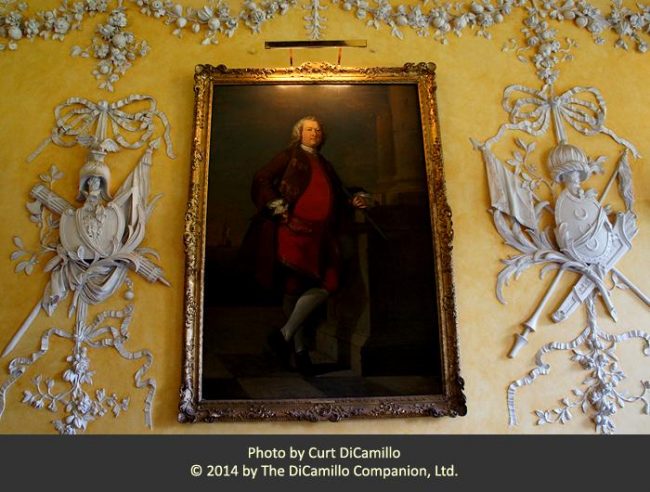
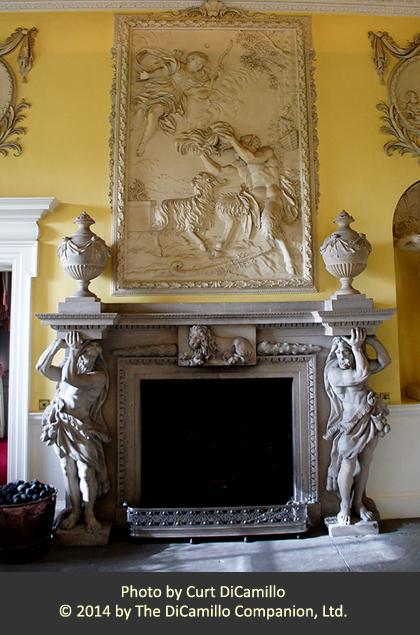
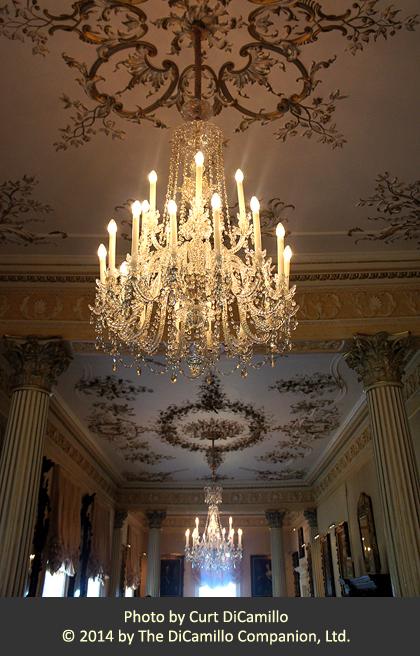
The Long Gallery
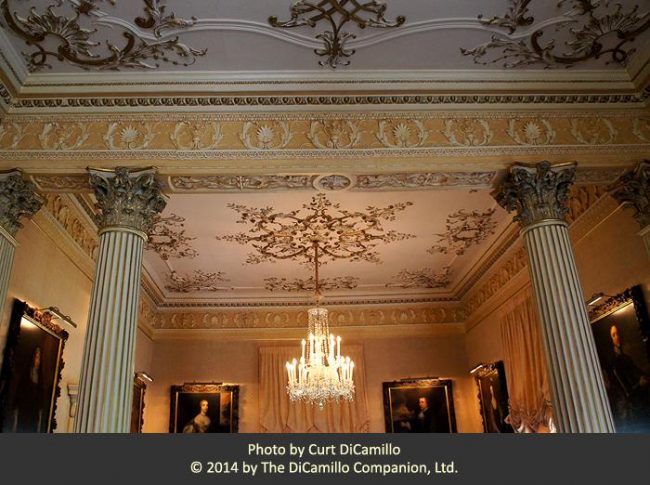
The Long Gallery
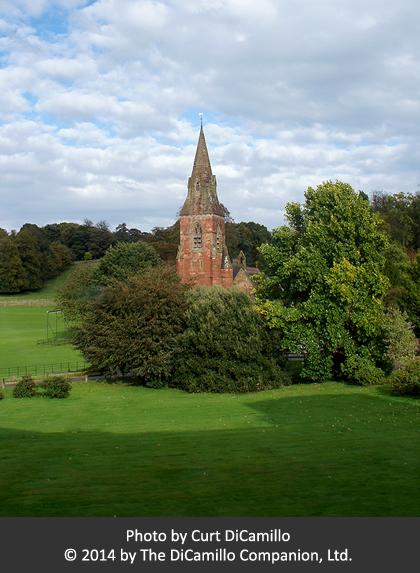
The Church
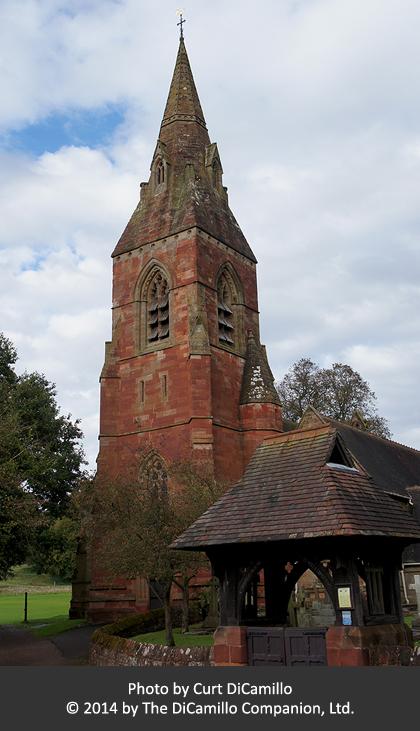
The Church
Earlier Houses: There was an earlier house on, or near, the site of the current house.
Built / Designed For: George Lyttelton, 1st Baron Lyttelton
House & Family History: Built between 1753 and 1759 by George, 1st Lord Lyttleton, Hagley cost the enormous sum of £30,000 to build and furnish (approximately £50 million in 2012 inflation-adjusted values using the labour value commodity index). The 1st Lord Lyttleton was an exceptional man: he served as secretary to Frederick, Prince of Wales, was chancellor of the exchequer, and a historian and poet. He was admired by the literary giants of his time; Fielding dedicated "Tom Jones" to him and Dr. Johnson wrote his biography. Lord Lyttleton came from notable stock: his mother was Christian Temple from the famous Stowe House in Buckinghamshire. Lord Lyttleton commissioned the Italian stuccadore Francesco Vassalli to create at Hagley some of the finest examples of Rococo Italian plasterwork in England. On Christmas Eve 1925 a disastrous fire swept through Hagley, destroying much of the Library and many of the pictures. All those within the House managed to successfully escape, in spite of molten lead pouring down on them. Much of the interior fittings were saved and the House was completely restored by the 9th Viscount, with the exception of the staff rooms on the top floor. Lucy Lyttleton of Hagley married Lord Frederick Cavendish, the Irish secretary famously murdered in Dublin's Phoenix Park.
Collections: The Philadelphia Museum of Art has in its collection a pair of very large (62.5" tall) candlesticks from Hagley, part of an original set of four designed to flank a pier table in the Long Gallery (another is in the collection of Temple Newsam House, Leeds, and another pair are at the Victoria & Albert Museum). The candlesticks are attributed to Thomas Johnson (based on Johnson's published designs of 1758) and are a fine example of the rustic Rococo style of mid-18th century England. In addition, the Philadelphia Museum owns four wall scones in the same rustic style, which also hung in the Long Gallery.
Comments: Peter Reid, writing in "Burke's and Savills Guide to Country Houses: Volume II," calls Hagley "A major landmark in the Palladio-Inigo Jones tradition." Hagley contains the finest example of Rococo plasterwork by Francesco Vassali in England. In "Great Drawings from the Collection of the Royal Institute of British Architects" Jill Lever and Margaret Richardson state that Athenian "Stuart's temples at Hagley, 1758, and at Shugborough in the 1760s, were the first accurate Greek Revival buildings in Europe." In April 1786 John Adams, later second president of the United States, visited Hagley and other houses in the area. After his visits he wrote in his diary "Stowe, Hagley, and Blenheim, are superb; Woburn, Caversham, and the Leasowes are beautiful. Wotton is both great and elegant, though neglected."
Garden & Outbuildings: Hagley is set in a 350-acre landscaped Park, created between 1747 and 1758, and containing follies and outbuildings designed by Thomas Pitt of Encombe (Lord Camelford), Henry Keene, Sanderson Miller, and James "Athenian" Stuart. Stuart's Doric Temple of Theseus (the Temple), designed in 1758, has traditionally been considered the earliest attempt in England to reproduce a monument of Greek antiquity; however, Stuart designed a "Doric Portico" at The Grove, Hertfordshire, for Thomas Villiers, 1st Lord Hyde, five years earlier, and there is every reason to believe that this is, in fact, the first Greek Revival building in Britain. Thomas Jefferson visited the Doric Temple with John Adams in 1788 and wrote of his admiration for the folly. There is also the Obelisk, the Prince of Wales's Column, a sham ruined castle with four corner turrets, and the Rotunda. Horace Walpole, upon a visit to grounds at Hagley in 1753, commented "I wore my eyes out with gazing, my feet with climbing and my tongue and vocabulary with commending." Thomson's "The Seasons" contains a long passage inspired by the famous landscape park at Hagley. Hagley was also home to the famous Palladian Bridge, probably designed by Pitt; it was ruinous by the late 19th century and rebuilt in 2014. The Bridge is one of five in the world, with the others located in Tsarskoye Selo in St. Petersburg, Russia; Wilton House, Wiltshire; Prior Park in Bath; and Stowe House, Buckinghamshire.
Architect: Thomas Pitt (Camelford)
Date: 18th centuryVitruvius Britannicus: C. V. pls. 14, 15, 1771.
John Bernard (J.B.) Burke, published under the title of A Visitation of the Seats and Arms of the Noblemen and Gentlemen of Great Britain and Ireland, among other titles: Vol. I, p. 174, 1852.
John Preston (J.P.) Neale, published under the title of Views of the Seats of Noblemen and Gentlemen in England, Wales, Scotland, and Ireland, among other titles: Vol. V, 1822.
Country Life: XXXVIII, 520 plan, 1915. LIX, 27, 83 [Furnishings], 1926. CXXII, 546, 608, 1957.
Title: James "Athenian" Stuart, 1713-1788: The Rediscovery of Antiquity
Author: Soros, Susan Weber (Editor)
Year Published: 2006
Reference: pg. 326
Publisher: New Haven: Yale University Press
ISBN: 0300117132
Book Type: Hardback
Title: Great Drawings from the Collection of the Royal Institute of British Architects
Author: Harris, John; Lever, Jill; Richardson, Margaret
Year Published: NA
Reference: pg. 58
Publisher: London: Trefoil Books
ISBN: 0862940362
Book Type: Hardback
Title: Treasure Houses of Britain, The - SOFTBACK
Author: Jackson-Stops, Gervase (Editor)
Year Published: 1985
Reference: pg. 435
Publisher: Washington, DC: National Gallery of Art (New Haven: Yale University Press)
ISBN: 0300035530
Book Type: Softback
Title: Burke's & Savills Guide to Country Houses, Volume II: Herefordshire, Shropshire, Warwickshire, Worcestershire
Author: Reid, Peter
Year Published: 1980
Reference: pgs. 205-206
Publisher: London: Burke's Peerage
ISBN: 0850110319
Book Type: Hardback
House Listed: Grade I
Park Listed: Grade I
Current Seat / Home of: Christopher Charles Lyttelton, 12th Viscount Cobham; Lyttelton family here since 1565.
Past Seat / Home of: SEATED AT CURRENT HOUSE: George Lyttelton, 1st Baron Lyttelton (first creation), 1757-73; Thomas Lyttelton, 2nd Baron Lyttelton, 1773-79; William Henry Lyttelton, 1st Baron Lyttelton (second creation), 1779-1808; George Fulke Lyttelton, 2nd Baron Lyttelton, 1808-28; William Henry Lyttelton, 3rd Baron Lyttelton, 1828-37; George William Lyttelton, 4th Baron Lyttelton, 1837-76; Charles George Lyttelton, 5th Baron Lyttelton and 8th Viscount Cobham, 1876-1922; John Cavendish Lyttelton, 9th Viscount Cobham, 1922-49; Charles John Lyttelton, 10th Viscount Cobham, 1949-77; John William Leonard Lyttelton, 11th Viscount Cobham, 1977-2006.
Current Ownership Type: Individual / Family Trust
Primary Current Ownership Use: Private Home
House Open to Public: Yes
Phone: 01562-882-408
Fax: 01562-882-632
Email: [email protected]
Website: https://www.hagleyhall.com
Historic Houses Member: Yes